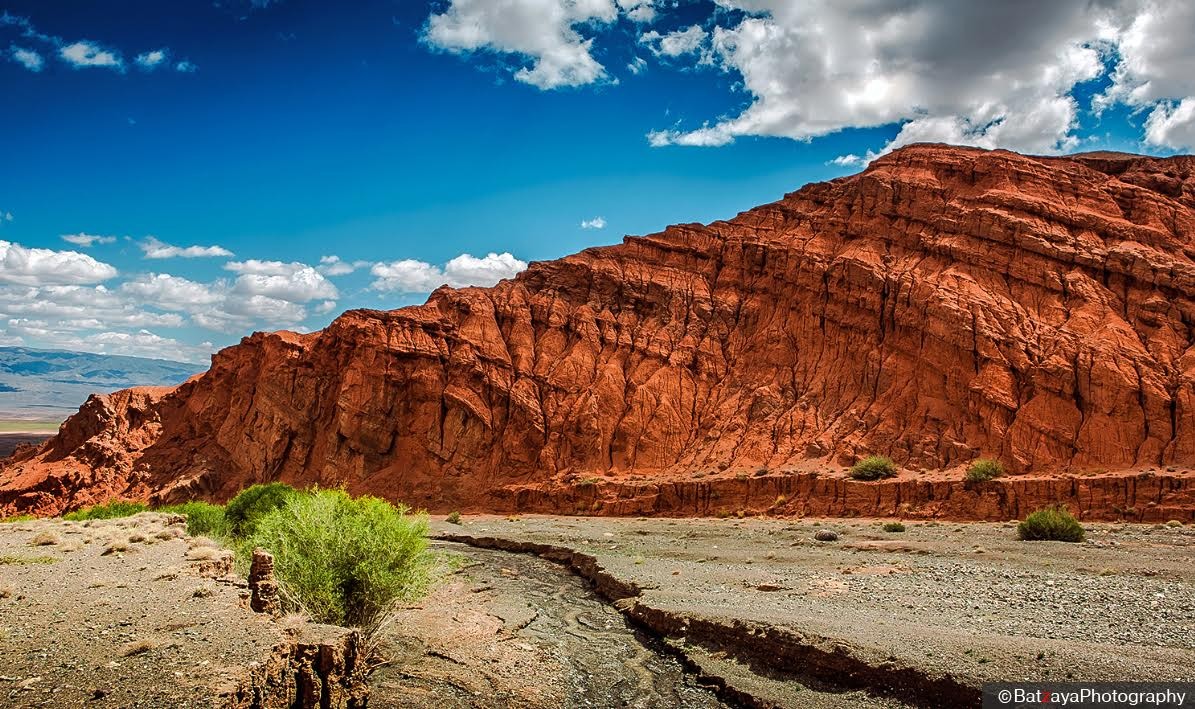
GoGo Travel took its’ readers to the eastern part of Mongolia – Sukhbaatar on our last “Mongolia travel destinations”. This time it’s one of the five western provinces, the magnificent Gobi-Altai! Yes, the name says it all, Gobi-Altai is a marvelous combination of the majestic Altai Mountains and the mystic Gobi Desert with a large desert zone, snow capped mountains and vast hilly steppe and valleys at some parts. Those who wish to have an ultimate Gobi experience should visit Gobi-Altai!
Gobi-Altai province borders with Zavkhan, Uvs, Khovd and Bayankhongor provinces, and shares about 360km border with People’s Republic of China, mainly Xinjiang province (Burgastai border port is open all year around). The territory is 141.4 thousand sq.km making Gobi-Altai the second largest province of Mongolia by territory. The province centre Altai town sets at 2151m above sea level, and 1001 km from Ulaanbaatar. Gobi-Altai is famous for its’ extreme climate formed by the terrain itself, summers tend to be dry and hot, and winters are colder than the majority of the country.
Population and ethnic groups: 55.4 thousand people live in Gobi Altai’s 18 soums (counties). Major ethnic group is Khalkha Mongol with some ancient tribes such as Besud, Uriankhan, Borjigon, Kharnuud, Sharnuud, Olkhonuud to name a few.
Geography and wildlife: The majestic Altai Mountains were formed by tectonic movements during the last part of Quaternary Period. The highest point in Gobi-Altai province is Mt. Sutai (4090m above sea level). A vast desert zone surrounds the Altai Mountains, and interestingly, it’s believed that there are aabout 10 different deserts in Gobi-Altai based on the vegetation and the terrain formation. The locals call each of those various deserts with different names such as Shargiin Gobi, Khuisiin Gobi, Alag Nuuriin Gobi, Khonin Usnii Gobi, Bigeriin Gobi, Shaliin Gobi and so on. Both the Altai Mountains and the desert zone around it form a unique ecosystem with many endemic wildlife, and hold numerous prehistoric remnants such as bones of ancient mammals such as mammoth, hippopotamus, horses etc so far.

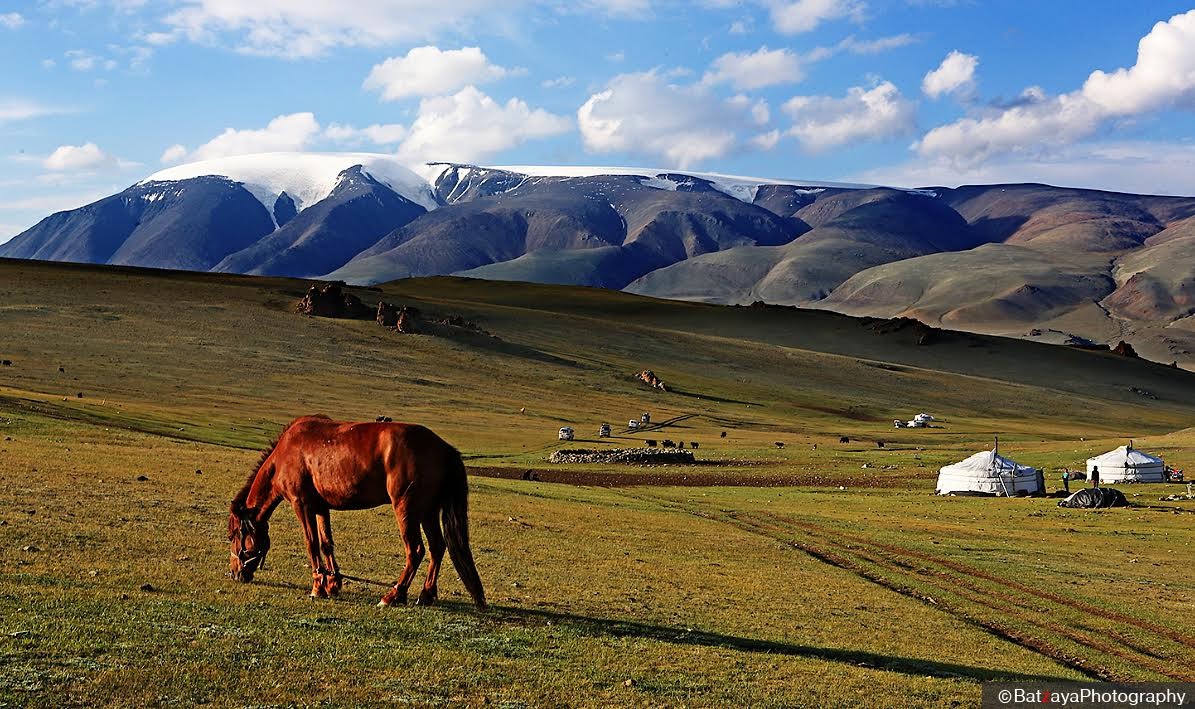
Total of 32% of Gobi-Altai territory is the Great Gobi strictly protected area, and is rich in wildlife. Common fauna includes gray wolf, deers, martens, marmot, goffer, rabbit, fox, and corsac fox. Endemic wildlife includes the Mazaalai Gobi Bear, the Takhi wild horses, Saiga antelopes, Khavtgai wild camels and a couple of Gerbil species to name a few. Reptiles commonly found in Gobi-Altai are gecko, varan, dart-snake and several snake species.
Places to visit and things to do: Gobi-Altai is rich in exceptional nature formations of both mountains and desert and beautiful landscapes. Travellers can enjoy mountain climbing, mountain trekking, horse riding, yak riding, nomadic family homestay, photography and walking tours in Gobi-Altai. The following are the most famous places in the province:
Mt. Eej Khairkhan (Mother Mountain): is a granite mountain located at 200km from Altai town (1120km from Ulaanbaatar), in the southern Gobi side of the Altai Mountains. The mountain is slightly isolated from the Altai Mountains, and is 2274 above sea level. Mt. Eej Khairkhan is a symbol of Gobi-Altai, and is famous for its’ incredible rock formations such as the Nine pots, Turtle rock, Ingot rock, Women’s rock, the Monk’s cave etc. The Nine Pots are 9 pot like rock formation with cascade, each with 2-4m diameter. The biggest pot is the fourth pot with 4m depth, and according to researchers, water running through the pots effluents from the mountain itself, and has various kinds of minerals. Other famous rock formations are Ingot rock – locals visit it and pray for fortune, and women with no children visit the Women’s rock and pray for having children. 93 species of plants were recorded at Mt. Eej Khairkhan and its’ valleys, and wildlife includes the rare Ibex, Argali wild sheep, Snow leopard, and other mammals. The mountain was taken in state protection in 1992 for its’ unique ecosystem. The mountain and the surroundings are good for trekking, wildlife viewing and photography tours.
Mt. Burkhan Buudai: another distinguishing mountain is the Burkhan Buudai, which was taken under state protection in 1996 for its’ unique natural formation and the locals’ traditions of worshipping from ancient times. Mt. Burkhan Khaldun is 3765m above sea level, and is rich in rare, medicinal plants such as Saussurea dorogostaiskii, Rhodiola rosea, and many more including wild berries. Wildlife of Mt. Burkhan Kahldun includes Argali wild sheep and Ibex. Interestingly, locals around Mt. Burkhan Buudai grow barley in addition to their animal husbandry. It’s an excellent place for trekking, nomadic family homestay, wildlife viewing, and horse riding tours.
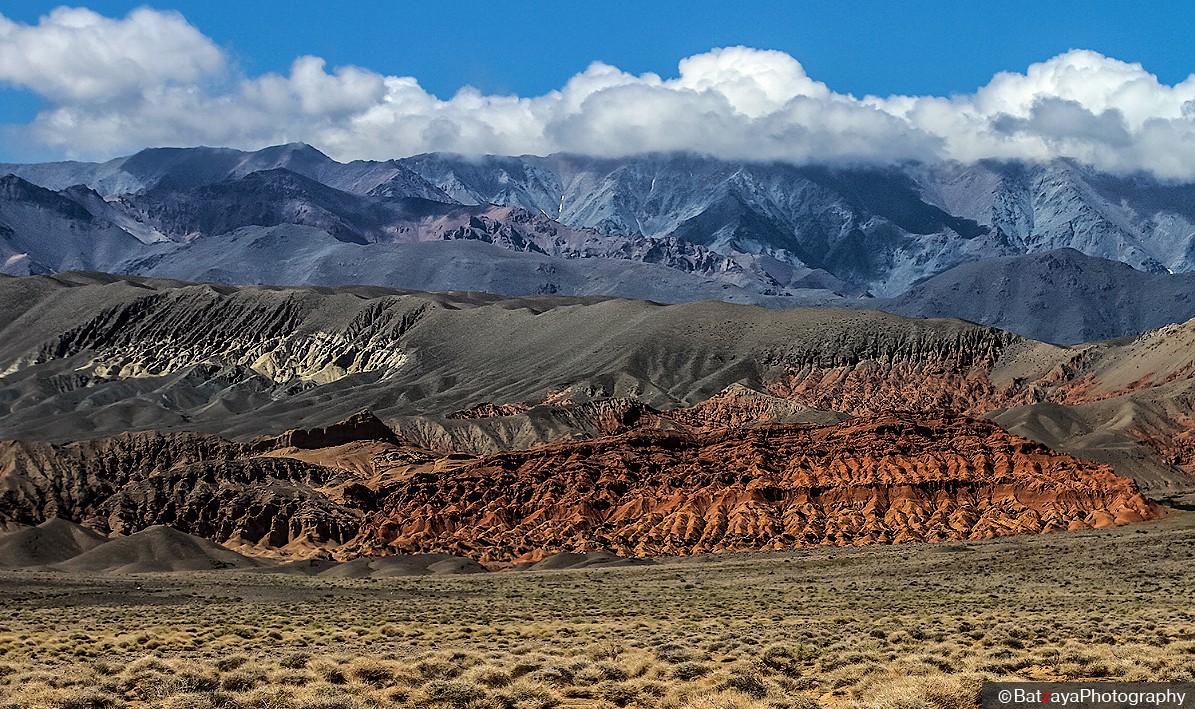
Mongol Els sand dunes & the Ereen Lake: this beautiful local nature reserve is a combination of the beautiful freshwater lake Ereen situated among Mongol Els sand dunes. Zavkhan river flowing around the sands forms several oasises with trees along the sand dunes. The Ereen lake is a favourite destination for migratory birds and offers an excellent bir-watching experience. It’s told that in olden days, travellers often confused the Lake with mirage for its’ unique formation in sands. Travellers can enjoy swimming, sun bathing, sand gliding, camel riding, birding and walking tours aroundthe area.
Mt. Sutai: this beautiful snow capped mountain is 4090m above sea level, and is at the border of Gobi-Altai and Khovd provinces. Sutai is one of the 13 snow capped peaks of the Altai Mountains. The name Sutai derives from Suutei, meaning Milky, possibly because of its’ snow-capped peak. Locals around Mt. Sutai herd yaks besides their normal livestock (cow, horse, sheep, goat, camel). Seasoned mountaineers climb Mt. Sutai, and it’s also a good place for yak riding, nomadic culture experiencing and horse riding.
Other notable places in Gobi-Altai include Ulaan Yavar cliffs, Tsagaan Gol petroglyphs, Mt. Khasagt Khairkhan, Gegeen Lake, Bigeriin Taval Els sand dunes and many more.
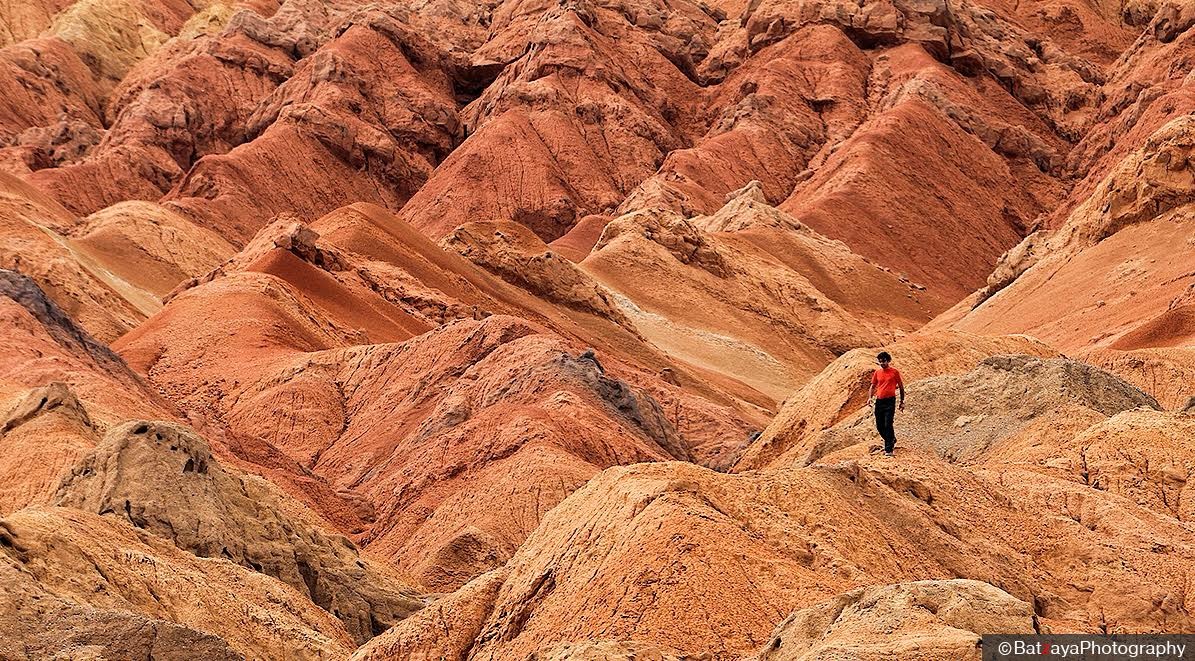
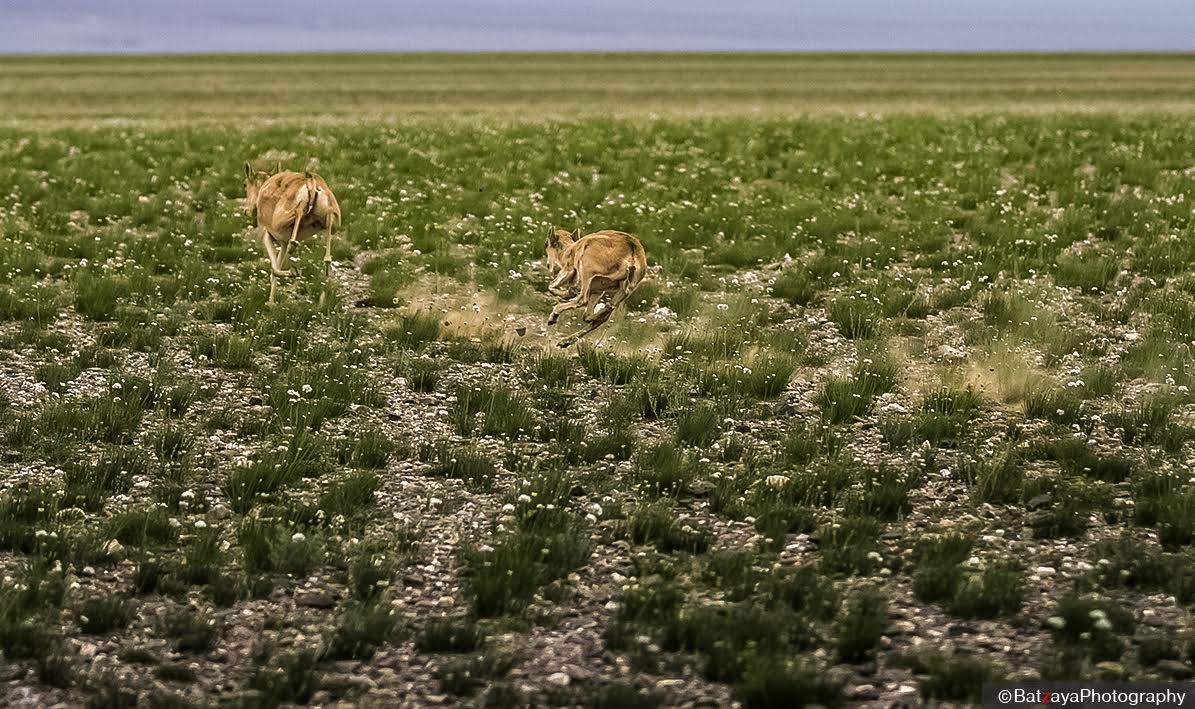
Events: the following events are planned fro 2016 in Gobi Altai province.
|
Date |
Name |
Venue |
Organiser |
|
July |
Gobi-Altai sand festival |
Ereen Lake, Jargalan soum |
Gobi-Altai governor’s office. |
|
22 July |
Mt. Sutai worshipping ceremony |
Tonkhil soum |
Gobi-Altai governor’s office. Email: ddariushka@yahoo.com |
|
30-31 July |
Danshig Naadam of Western Mongolia |
Gobi-Altai |
|
|
24-25 Sep |
Mother’s Love meditation festival |
Mt. Eej Khairkhan, Tsogt soum |
|
|
20-21 Nov |
Camel festival of the Great Gobi |
Gobi-Altai |
Altain Khugjil NGO. |
How to get there: there’s no flight opereting to Gobi-Altai currently. Hence, the only way to reach the province is by land. The centre Altai is connected with a partially paved road (750km paved, 250km dirt road).
Where to stay: there are several hotels in Altai, and a motel or two (mostly with no running water facilities) in most soums. There is also a tourist Ger camp near Lake Ereen.
For a wonderful Gobi-Altai tours and travel experiences, please contact local Mongolian travel companies – some travel companies offer set group tours and some may tailor excellent tours especially for you and your loved ones.
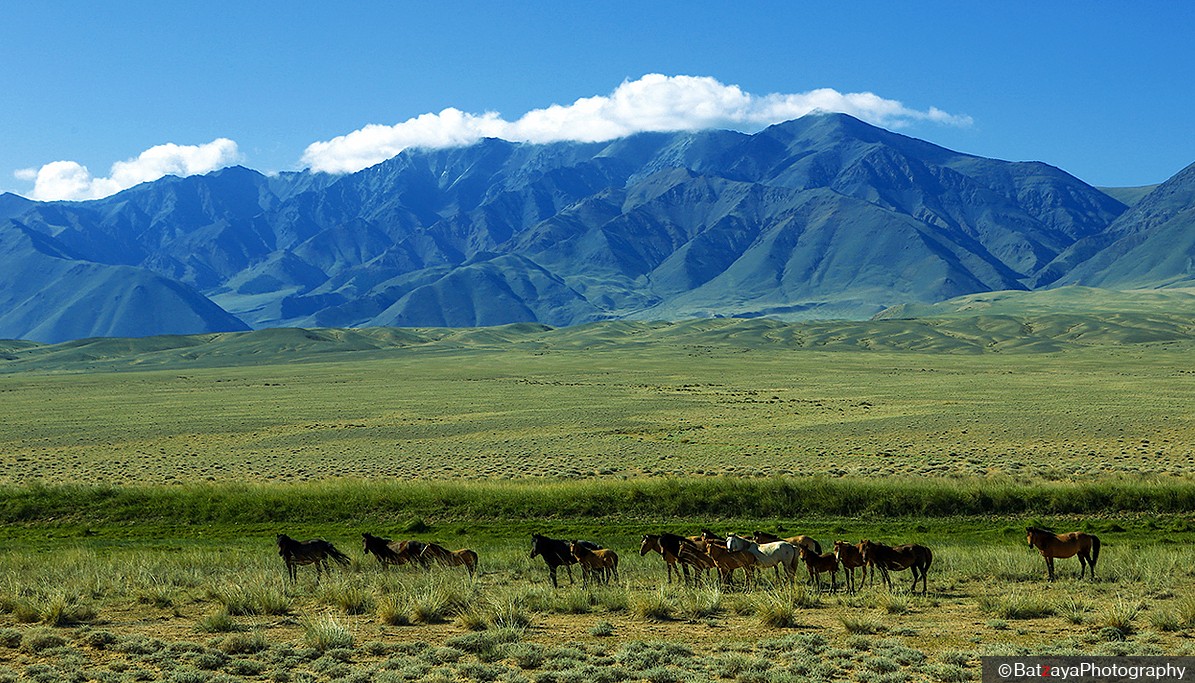
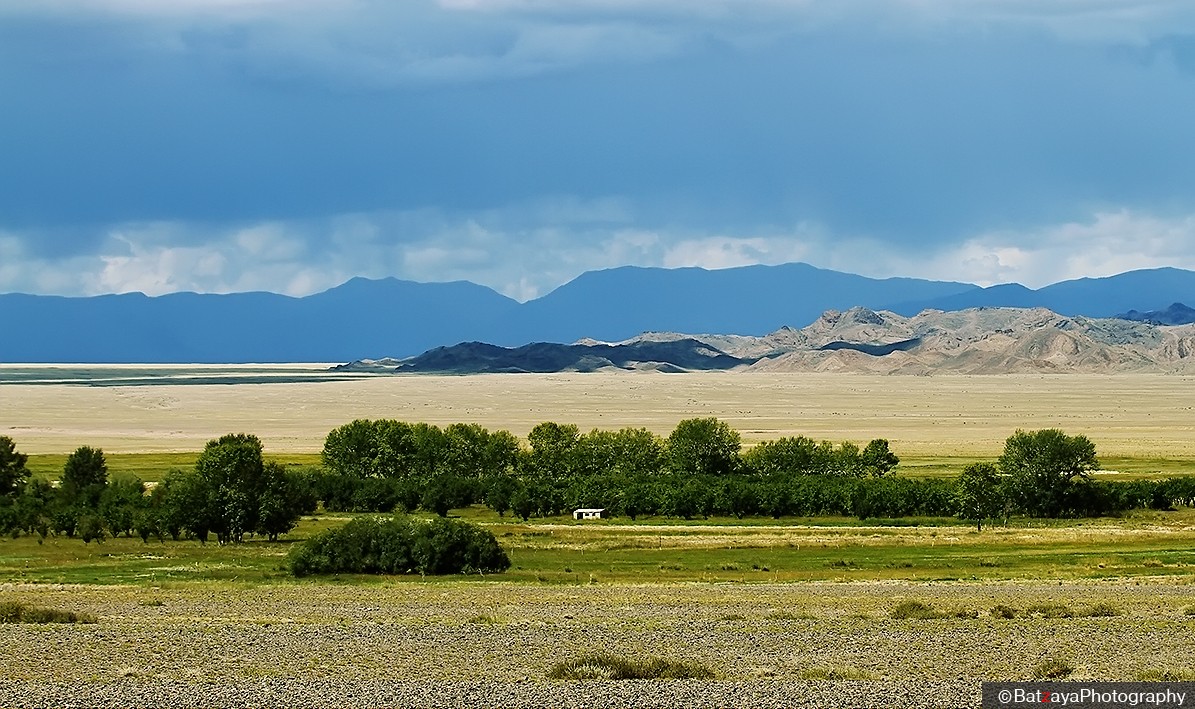
These beautiful photos of Gobi-Altai province are courtesy of Batzaya Photography tours. Thank you for your cooperation!
 Prepared exclusively for GoGo Travel by Zola
Prepared exclusively for GoGo Travel by Zola
(Co-founder of Premium Travel Mongolia LLC.
www.mongoliatravelmarket.com)
Copyright © 2016. All rights reserved.

GoGo Travel took its’ readers to the eastern part of Mongolia – Sukhbaatar on our last “Mongolia travel destinations”. This time it’s one of the five western provinces, the magnificent Gobi-Altai! Yes, the name says it all, Gobi-Altai is a marvelous combination of the majestic Altai Mountains and the mystic Gobi Desert with a large desert zone, snow capped mountains and vast hilly steppe and valleys at some parts. Those who wish to have an ultimate Gobi experience should visit Gobi-Altai!
Gobi-Altai province borders with Zavkhan, Uvs, Khovd and Bayankhongor provinces, and shares about 360km border with People’s Republic of China, mainly Xinjiang province (Burgastai border port is open all year around). The territory is 141.4 thousand sq.km making Gobi-Altai the second largest province of Mongolia by territory. The province centre Altai town sets at 2151m above sea level, and 1001 km from Ulaanbaatar. Gobi-Altai is famous for its’ extreme climate formed by the terrain itself, summers tend to be dry and hot, and winters are colder than the majority of the country.
Population and ethnic groups: 55.4 thousand people live in Gobi Altai’s 18 soums (counties). Major ethnic group is Khalkha Mongol with some ancient tribes such as Besud, Uriankhan, Borjigon, Kharnuud, Sharnuud, Olkhonuud to name a few.
Geography and wildlife: The majestic Altai Mountains were formed by tectonic movements during the last part of Quaternary Period. The highest point in Gobi-Altai province is Mt. Sutai (4090m above sea level). A vast desert zone surrounds the Altai Mountains, and interestingly, it’s believed that there are aabout 10 different deserts in Gobi-Altai based on the vegetation and the terrain formation. The locals call each of those various deserts with different names such as Shargiin Gobi, Khuisiin Gobi, Alag Nuuriin Gobi, Khonin Usnii Gobi, Bigeriin Gobi, Shaliin Gobi and so on. Both the Altai Mountains and the desert zone around it form a unique ecosystem with many endemic wildlife, and hold numerous prehistoric remnants such as bones of ancient mammals such as mammoth, hippopotamus, horses etc so far.


Total of 32% of Gobi-Altai territory is the Great Gobi strictly protected area, and is rich in wildlife. Common fauna includes gray wolf, deers, martens, marmot, goffer, rabbit, fox, and corsac fox. Endemic wildlife includes the Mazaalai Gobi Bear, the Takhi wild horses, Saiga antelopes, Khavtgai wild camels and a couple of Gerbil species to name a few. Reptiles commonly found in Gobi-Altai are gecko, varan, dart-snake and several snake species.
Places to visit and things to do: Gobi-Altai is rich in exceptional nature formations of both mountains and desert and beautiful landscapes. Travellers can enjoy mountain climbing, mountain trekking, horse riding, yak riding, nomadic family homestay, photography and walking tours in Gobi-Altai. The following are the most famous places in the province:
Mt. Eej Khairkhan (Mother Mountain): is a granite mountain located at 200km from Altai town (1120km from Ulaanbaatar), in the southern Gobi side of the Altai Mountains. The mountain is slightly isolated from the Altai Mountains, and is 2274 above sea level. Mt. Eej Khairkhan is a symbol of Gobi-Altai, and is famous for its’ incredible rock formations such as the Nine pots, Turtle rock, Ingot rock, Women’s rock, the Monk’s cave etc. The Nine Pots are 9 pot like rock formation with cascade, each with 2-4m diameter. The biggest pot is the fourth pot with 4m depth, and according to researchers, water running through the pots effluents from the mountain itself, and has various kinds of minerals. Other famous rock formations are Ingot rock – locals visit it and pray for fortune, and women with no children visit the Women’s rock and pray for having children. 93 species of plants were recorded at Mt. Eej Khairkhan and its’ valleys, and wildlife includes the rare Ibex, Argali wild sheep, Snow leopard, and other mammals. The mountain was taken in state protection in 1992 for its’ unique ecosystem. The mountain and the surroundings are good for trekking, wildlife viewing and photography tours.
Mt. Burkhan Buudai: another distinguishing mountain is the Burkhan Buudai, which was taken under state protection in 1996 for its’ unique natural formation and the locals’ traditions of worshipping from ancient times. Mt. Burkhan Khaldun is 3765m above sea level, and is rich in rare, medicinal plants such as Saussurea dorogostaiskii, Rhodiola rosea, and many more including wild berries. Wildlife of Mt. Burkhan Kahldun includes Argali wild sheep and Ibex. Interestingly, locals around Mt. Burkhan Buudai grow barley in addition to their animal husbandry. It’s an excellent place for trekking, nomadic family homestay, wildlife viewing, and horse riding tours.

Mongol Els sand dunes & the Ereen Lake: this beautiful local nature reserve is a combination of the beautiful freshwater lake Ereen situated among Mongol Els sand dunes. Zavkhan river flowing around the sands forms several oasises with trees along the sand dunes. The Ereen lake is a favourite destination for migratory birds and offers an excellent bir-watching experience. It’s told that in olden days, travellers often confused the Lake with mirage for its’ unique formation in sands. Travellers can enjoy swimming, sun bathing, sand gliding, camel riding, birding and walking tours aroundthe area.
Mt. Sutai: this beautiful snow capped mountain is 4090m above sea level, and is at the border of Gobi-Altai and Khovd provinces. Sutai is one of the 13 snow capped peaks of the Altai Mountains. The name Sutai derives from Suutei, meaning Milky, possibly because of its’ snow-capped peak. Locals around Mt. Sutai herd yaks besides their normal livestock (cow, horse, sheep, goat, camel). Seasoned mountaineers climb Mt. Sutai, and it’s also a good place for yak riding, nomadic culture experiencing and horse riding.
Other notable places in Gobi-Altai include Ulaan Yavar cliffs, Tsagaan Gol petroglyphs, Mt. Khasagt Khairkhan, Gegeen Lake, Bigeriin Taval Els sand dunes and many more.


Events: the following events are planned fro 2016 in Gobi Altai province.
|
Date |
Name |
Venue |
Organiser |
|
July |
Gobi-Altai sand festival |
Ereen Lake, Jargalan soum |
Gobi-Altai governor’s office. |
|
22 July |
Mt. Sutai worshipping ceremony |
Tonkhil soum |
Gobi-Altai governor’s office. Email: ddariushka@yahoo.com |
|
30-31 July |
Danshig Naadam of Western Mongolia |
Gobi-Altai |
|
|
24-25 Sep |
Mother’s Love meditation festival |
Mt. Eej Khairkhan, Tsogt soum |
|
|
20-21 Nov |
Camel festival of the Great Gobi |
Gobi-Altai |
Altain Khugjil NGO. |
How to get there: there’s no flight opereting to Gobi-Altai currently. Hence, the only way to reach the province is by land. The centre Altai is connected with a partially paved road (750km paved, 250km dirt road).
Where to stay: there are several hotels in Altai, and a motel or two (mostly with no running water facilities) in most soums. There is also a tourist Ger camp near Lake Ereen.
For a wonderful Gobi-Altai tours and travel experiences, please contact local Mongolian travel companies – some travel companies offer set group tours and some may tailor excellent tours especially for you and your loved ones.


These beautiful photos of Gobi-Altai province are courtesy of Batzaya Photography tours. Thank you for your cooperation!
 Prepared exclusively for GoGo Travel by Zola
Prepared exclusively for GoGo Travel by Zola
(Co-founder of Premium Travel Mongolia LLC.
www.mongoliatravelmarket.com)
Copyright © 2016. All rights reserved.
